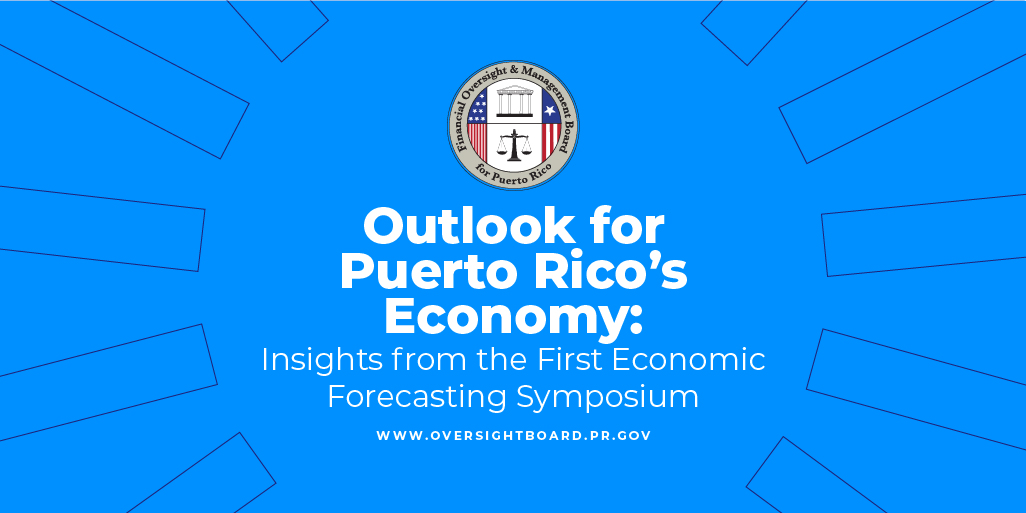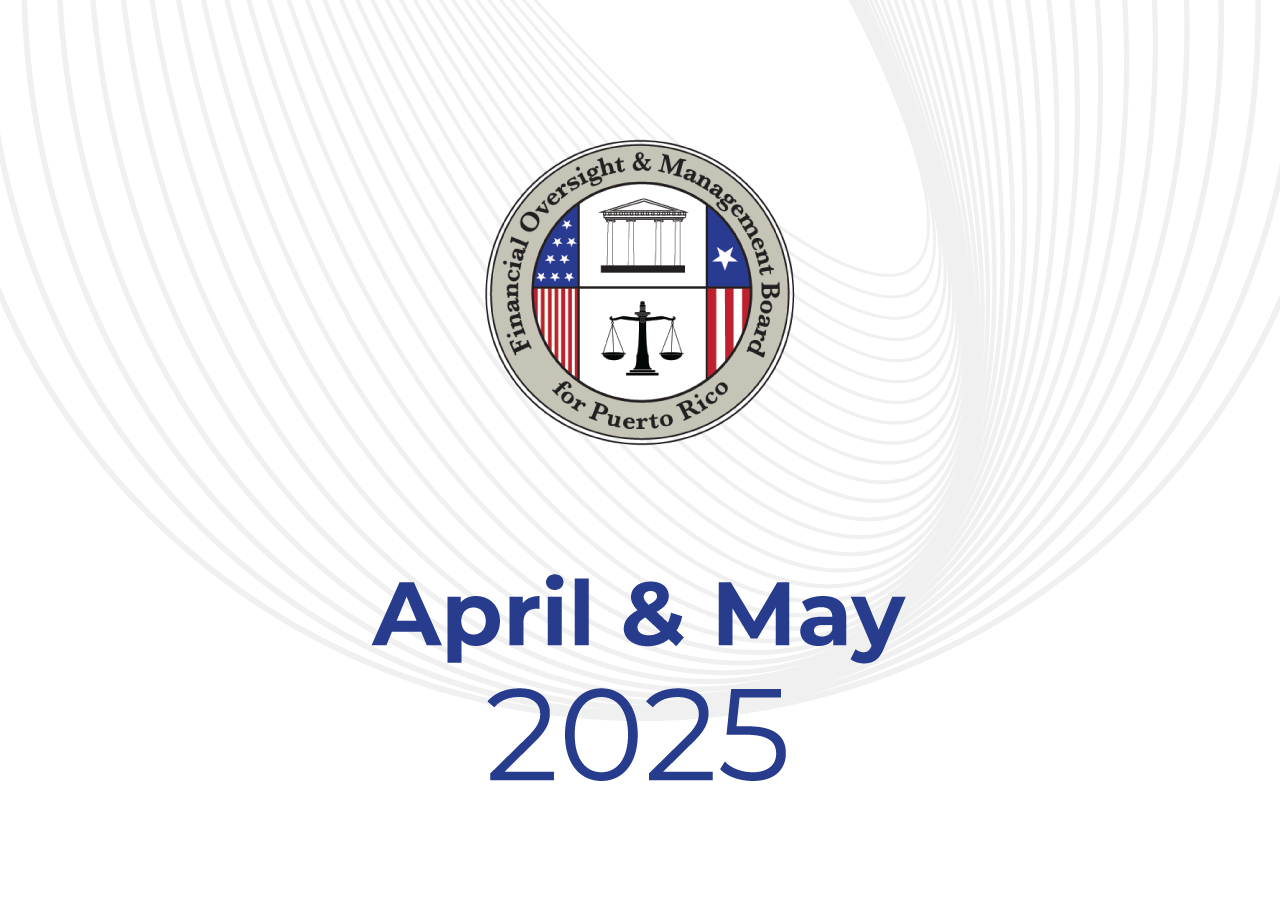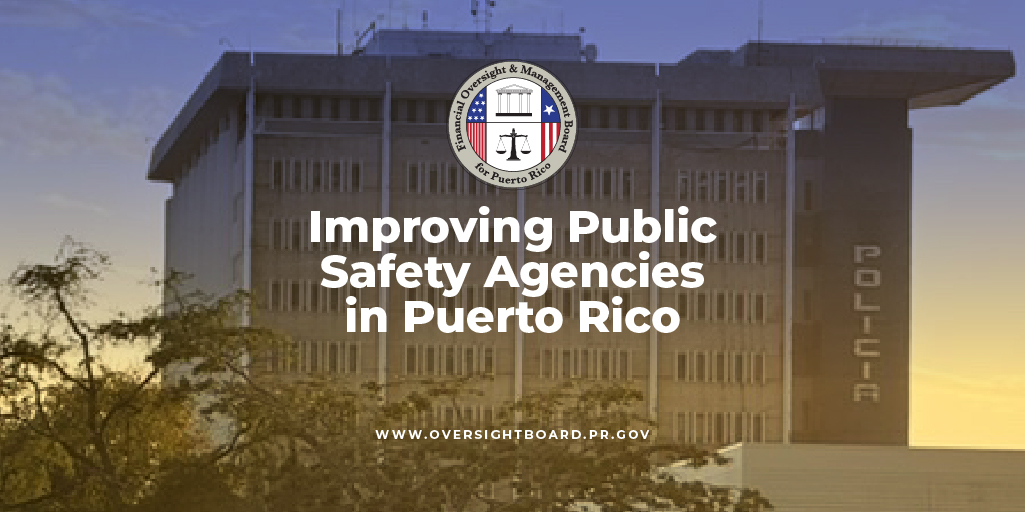Modernizing Puerto Rico’s public health surveillance systems should be a top priority.
Author: Arnaldo Cruz, FOMB's Director of the Research and Policy Dept.
As Puerto Rico moves towards re-opening the economy, the Government should do whatever it can to avoid or reduce the causes and effects of a second wave of infections by developing smart prevention capabilities. This means being able to keep enough numbers of infected people tightly in isolation to prevent or minimize new outbreaks that would overwhelm the health system. Therefore, it is critical for the CW to strengthen its public health infrastructure, particularly as it relates to research/epidemiology, statistics, and emergency preparedness/response. Public health information is the essential ingredient of all of its work and the key to effective public health decision making.
The White House recently unveiled Guidelines for Opening Up America Again, a three-phased approach based on the advice of public health experts to help state and local officials when re-opening their economies. As it relates to state responsibilities, the White House enumerated a set of data-driven conditions each state should satisfy before proceeding to a phased opening:
- Ability to quickly set up safe and efficient screening and testing sites for symptomatic individuals and trace contacts of COVID+ results.
- Ability to test Syndromic/ILI-indicated persons for COVID and trace contacts of COVID+ results.
- Ensure sentinel surveillance sites are screening for asymptomatic cases, and contacts for COVID+ results are traced.
- Monitor conditions and immediately take steps to limit and mitigate any rebounds or outbreaks by restarting a phase or returning to an earlier phase, depending on severity.
- Develop a strategic plan to provide a strong public health data infrastructure in support of data-driven policymaking in Puerto Rico
- A new, “best in class” integrated islandwide public health surveillance system using enterprise architecture to simplify, standardize, and automate reporting for notifiable diseases to enable early detection and rapid assessment.
- Accelerate the use of emerging tools and approaches to improve the availability of quality and timely surveillance data.
- Enhance field epidemiology operations to prevent, contain and control infectious diseases (i.e., high-tech networks for tracking infection, which improve the productivity of human-contact tracers)
- Migrate existing IT infrastructure to open source tools and cloud services, to guarantee continuous availability and flexibility to model and merge diverse sources of information into a compliant dataset for analysis and visualization. Cloud-based technology and analysis tools allow the government to share information with health providers and critical stakeholders easily.
- Expand the capabilities of electronic case reporting to extract raw data from providers’ electronic medical records (EMRs) to communicate results to the Department of Health automatically. Emerging surveillance systems can automatically scan the data that clinicians routinely record in EMRs during clinical care.
- Integrate GIS technology to generate maps and spatial analysis of disease conditions in specific geographic areas. GIS has emerged as a powerful evidenced-based practice technology for early detection and timely response to a disease outbreak.
Facebook
Twitter
LinkedIn




